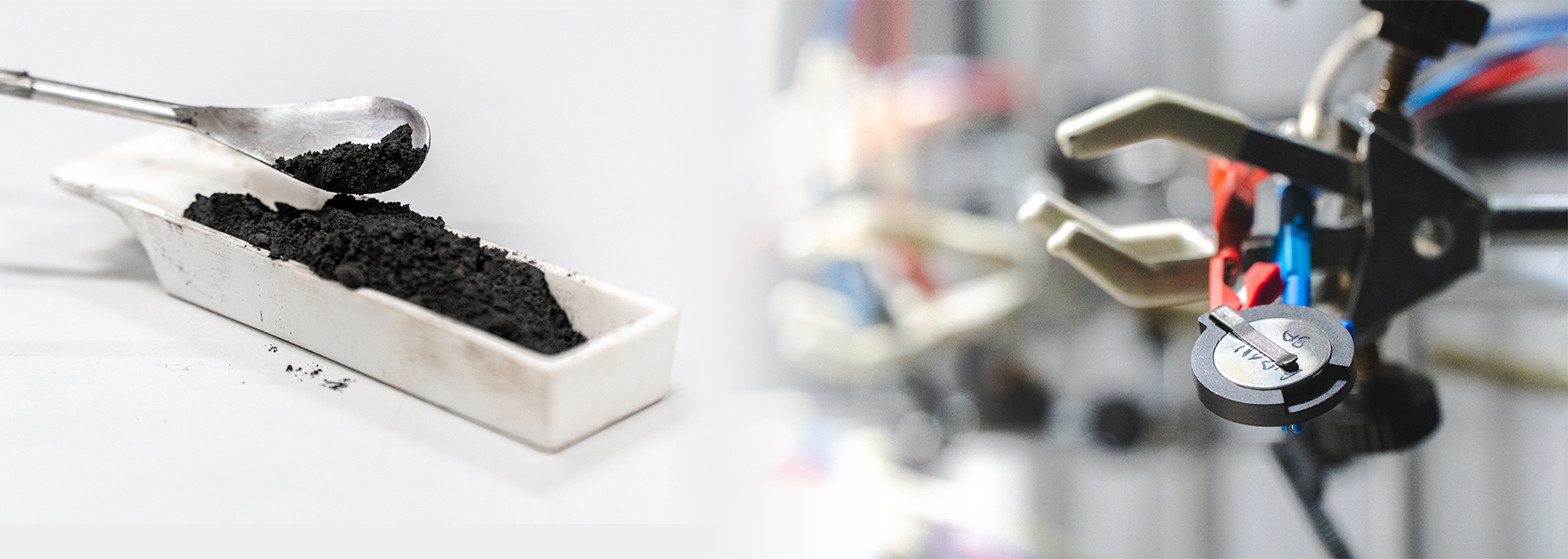CIC energiGUNE, the Basque research center of reference in electrochemical energy storage, thermal energy storage and conversion and hydrogen technologies, has highly satisfactorily assessed the results of the eighth edition of the International Symposium on Enhanced Electrochemical Capacitors (ISEECap 2024), which brought together 150 international experts and professionals this week in Vitoria-Gasteiz to discuss research, trends and market access possibilities of this technology.
"The impact of supercapacitors in the energy storage sector tends to be broad, fast and, above all, closely linked to the development of applications that demand high power or fast charges", said Jon Ajuria, Chairman of the Symposium and Leader of the metal ion capacitor research line at CIC energiGUNE after the closing of this international reference symposium.
One of the highlights of this event, which took place at the Europa Conference Center between Monday, July 8 and Friday, July 12, was the celebration, for the first time in an edition of ISEECap, of an industrial session. "We thought it appropriate to hold an industrial session dedicated to the memory of Dr. John Miller, a member of the Scientific Committee of CIC energiGUNE, who had a lot to do with the development of research into this technology and its transfer to the industrial field," said Jon Ajuria. In this sense, CIC energiGUNE has highlighted the great interest of many companies in sponsoring this session, which shows the scope and projection of supercapacitor technology at industrial level.
This session took place on Wednesday, July 10, and was attended by Sebastian Pohlmann, from Up Catalyst; Mirko Ruttert, from E-lyte; Sven Plappert, from Delfort Group; Yurii Maletin, from Yunasko; Juan Benavente, from Nanomate; and Amaia Saenz de Buruaga, from BCARE. All of them presented specific cases and projects on the application of electrochemical capacitors in different fields, from storage for renewable energies and their use in high power demanding applications, to hybridization with lithium ion batteries and their application in railroads.
The rest of the symposium revolved around plenary sessions, accompanied by presentations, lectures, tutorials and sessions dedicated to young researchers, which helped to shape the state of the art of supercapacitor technology globally. Thierry Brousse, Professor of Materials Chemistry at the University of Nantes and organizer of the first ISEECap in 2009, highlighted "the impressive work of CIC energiGUNE in organizing this eighth edition, which was the second largest since its creation".
Among the novelties presented at the symposium, it is worth mentioning the presentation by Katsuhiko Naoi, Professor Emeritus of the Tokyo University of Agriculture and Technology, in which he presented for the first time nanographite synthesized by ultra centrifugation with the potential to make lithium ion supercapacitors compete in energy with batteries. Advances in the sustainable production of these devices were also presented, such as UPC´s proposal to synthesize carbons through CO2 capture.
In any case, the conclusions of the eighth edition of ISEECap outline an immediate future of great projection for electrochemical capacitors. As was made clear at the congress held in Vitoria-Gasteiz, this is a technology that will facilitate the manufacture of devices capable of managing high energy power, as well as providing greater stability after long cycles of use, and offering practically instantaneous charging and discharging.





